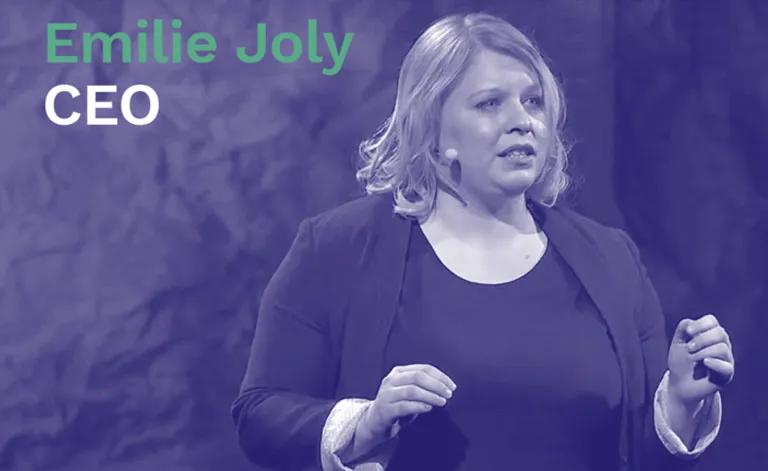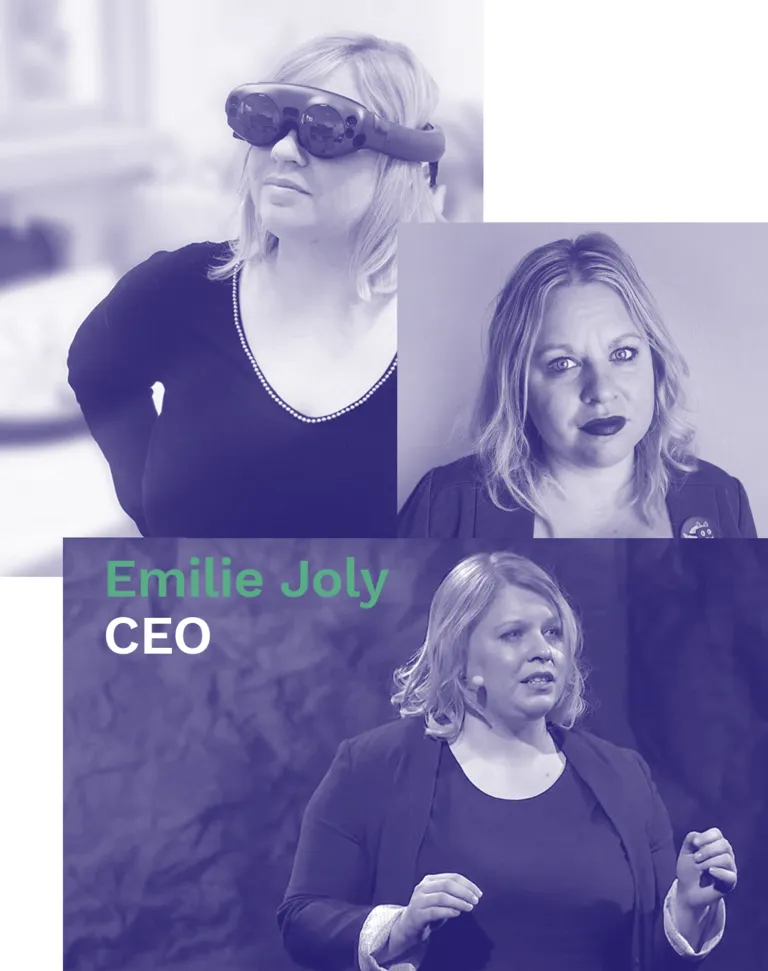
The embryo of what later became Zoe was created in those first years: a way for our design team to work quickly and effectively amongst programmers, a workflow focusing on quick iterations and ease of use rather than technical hurdles.
Zoe itself started when we realized how our tools had an impact on new generations during our time at the HTC Vive X accelerator in San Francisco. By empowering them into creating interactive worlds of their own they became more engaged, excited and connected with their learning experience. We especially had a high impact on non-technical groups which was a great win for us.
Zoe means “life”, and bringing ideas to life is exactly what our platform allows creators to do. We live in a world where collaboration, creation and communication skills are becoming mandatory. We also know that learning by doing is more efficient than consuming information and trying to memorize course material.
There are popular learning platforms that focus on video or 2D output, but 3D is what new generations are used to and will grow with. I’m 36 and I played my first 3D game back when I was 10; and when you look at video games like Roblox and Minecraft, the engagement level is really high, over 42 M daily active users! A marketplace that is making good use of 3D for learning and creating purposes doesn’t exist… yet.
Zoe embodies this vision of a future where anyone can create, share and learn in 3D, as if they were in the same physical space regardless of their geographical location. Right now these creative capabilities are still restricted to highly skilled/technical teams, but we aim at enabling everyone to create & program virtual worlds of their own and become an active participant in the next era of Spatial Computing. Some might call it a metaverse!
Connect with me on twitter here: @EmilieJ0ly and add me on LinkedIn to continue the conversation!



